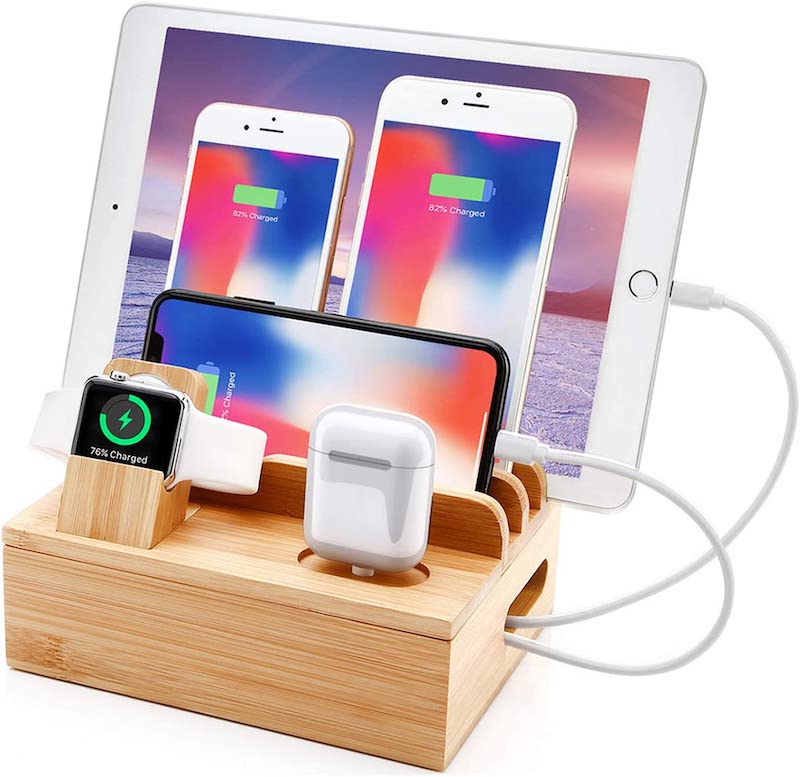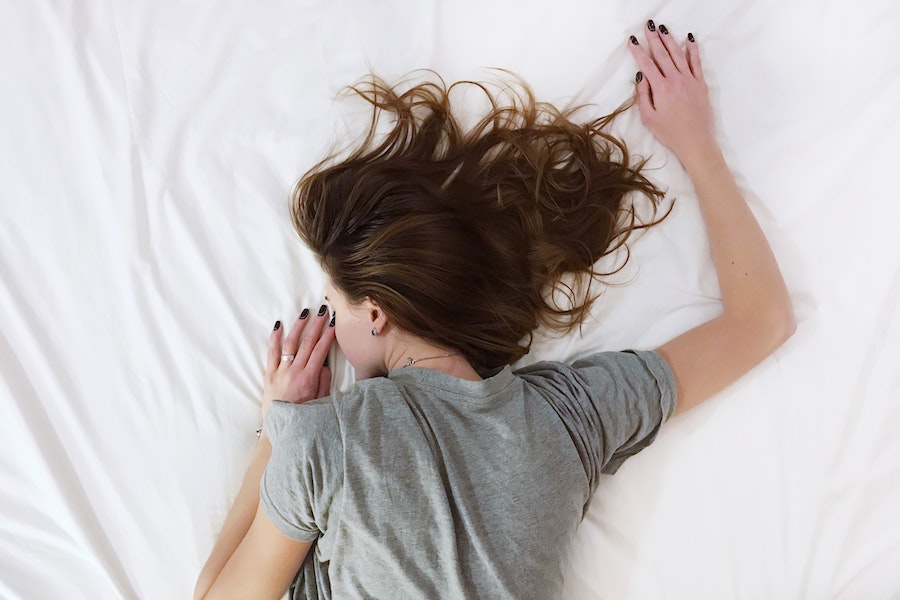Has anyone else’s teens struggled with interrupted sleep since the pandemic? My kids’ slower social lives and reduction in extracurricular activities certainly plays a part, but turning to tech to connect with friends is making an impact too.
The American Association of Pediatrics says teens should get 10 hours of sleep per 24-hour period, which means they need to be asleep—not just in bed—by 9:00 pm if they’re waking up at 7:00 am for school.
Hmm, looks like I have some parenting work to do, and it probably starts with their tech. Blue light (the kind of light emitted from our iPads, TVs, etc.), can boost mood and attention span, but it also affects sleep in negative ways. Any light can reduce your melatonin production, but researchers at Harvard found that blue light actually suppresses melatonin twice as long as green light does. Yikes.
So, armed with this knowledge, here are some ideas for helping your teens get better sleep and rely less on tech before bed. I know it’s a really difficult time to try to restrict your kids’ access to their devices, because it’s basically their only way to connect with the outside world. But in the long run, it will be worth it if you can stay strong. Know that we’re here cheering you on.
This post contains affiliate links, which means we may receive a small commission from certain purchases to help support the work we do at no additional cost to you.
Photo by Vladislav Muslakov on Unsplash
Related: 3 great sleep tracking apps for parents. Because we need it.

Get devices out of bedrooms by setting up a central charging station for your home
It’s a good idea to have your kids leave their devices in a central, main area of your home at night for a lot of reasons; sleep is just one of them. Setting up a “home base” charging station for everyone is a good way to turn that into a habit. This bamboo charging station is a great example, with room for multiple phones and iPads…as well as AirPods and AppleWatch. If your kids want a way to easily reach you at night without having to get up, try putting an old-school intercom system in their room instead of texting each other.
Replace YouTube with calming CDs or audio books
If your teen has been used to watching YouTube videos to relax, it’s going to be hard to go cold turkey with no devices at all. Setting up an audio book or CD with calming music to help them relax. You can even choose from some of our favorite storytelling podcasts for kids and play them over an Echo Dot in their room, so they don’t have to have screens in there at bedtime.

Create the ambiance for better sleep with white noise and warm light
If your teen is a light sleeper, a white noise machine might help. You can find basic screen-free white noise machines all over Amazon, but I’m a pretty big fan of the Hatch night lights. Hatch Restore allows you to customize the white noise sounds and the lighting colors to your own preferences, to train your body for better sleep. It avoids blue hues, and you can even set it to a red light at night, which Harvard researches recommend for improved sleep. And you can choose to subscribe to their library of sounds, sleep stories, meditations and more through the app as well.
(Note: the Hatch Rest+ is their less-expensive sleep training device for toddlers. It’s basically the same thing, though, but with a two-way monitor and no access to the stories subscription.)
Get loads of bright light during the day
Experts say you’ll sleep better if you spend plenty of time in bright light during the day. That way, when you turn the lights down in the evening your body’s circadian rhythms will respond. Spend as much time as you can outside, open up the shades in their room (and even the windows for some fresh air) and consider adding floor lamps, a brighter overhead light fixture, or a Happy Light to their school-from-home desk to give an extra burst of brightness during the daytime hours.

Use blue-light blocking glasses, especially at night
Experts recommend you avoid bright screens 2-3 hours before bedtime, but between homework and just giving them some downtime that seems almost impossible. There are some good habits that will help, however. Start by switching your kids’ devices to night mode in that 2-3 hour window. Then, get them a good pair of blue light glasses. This pair of Nash sleep glasses from Felix Gray specifically targets the range of blue light rays that affect melatonin production, making them better for kids trying to improve their sleep.
Use a Kindle Paperwhite for reading in bed
For teens who prefer ebooks over actual paper books, switch to a Kindle Paperwhite for bedtime reading instead of an iPad. The screen doesn’t emit light, so it’s almost as if you’re reading on actual paper. It’s waterproof, which is always helpful arounds kids of any age. And one fun feature of Kindle is its pairing with Audible, so you can listen to your books when you get tired of reading them.





